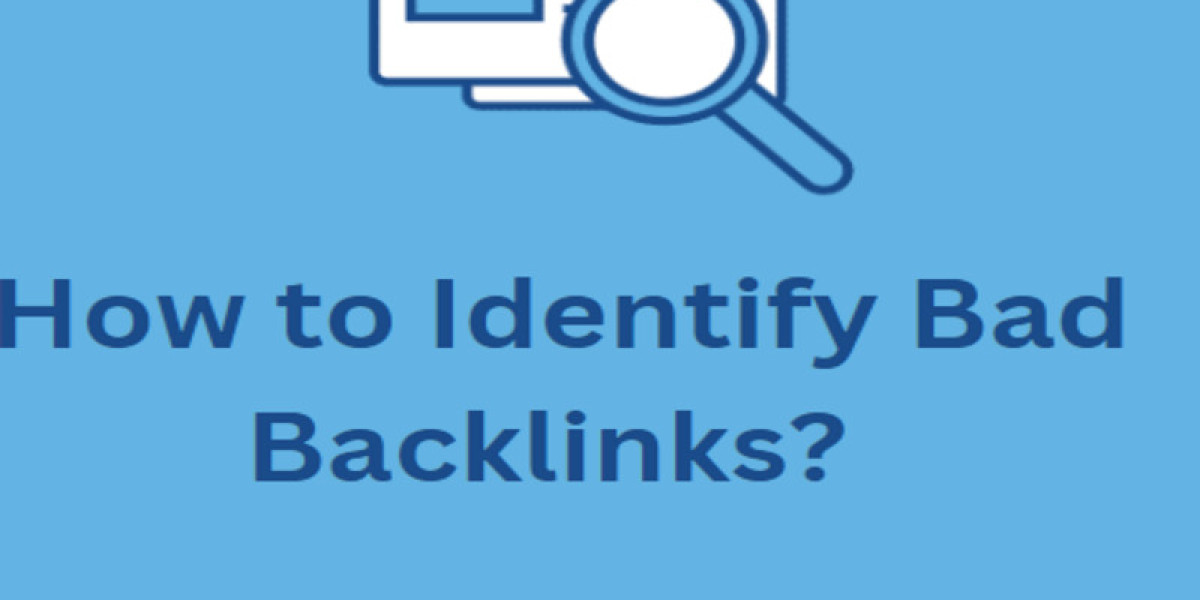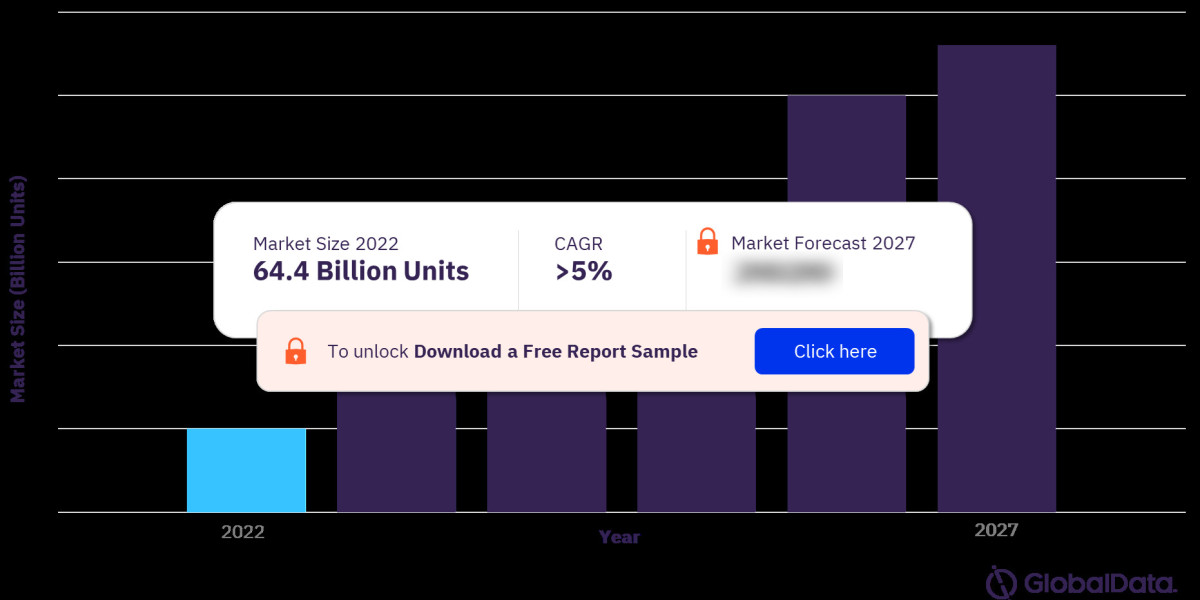1. Understanding the Purpose and Audience
Before diving into the technical aspects of animation, it’s essential to understand the purpose of your content and who your target audience is.
Purpose: Are you creating an animated video to explain a concept, promote a product, entertain, or educate? Your purpose will dictate the style, tone, and complexity of your animation.
Audience: Knowing your audience’s age, interests, and preferences will help you tailor your content. For example, an animation aimed at children will differ significantly from one intended for corporate professionals.
Understanding these elements is the foundation for producing high-quality animated content that resonates with viewers.
2. Developing a Compelling Story
At the heart of any successful animation is a compelling story. Whether your animation is a short explainer video or a full-length film, the narrative should be engaging and relevant to your audience.
Concept Development: Start with a strong concept that aligns with your goals. Brainstorm ideas and choose one that has the potential to captivate your audience.
Scriptwriting: Write a script that is concise yet impactful. For shorter animations, focus on clear messaging, while longer formats can explore more complex narratives. Make sure the dialogue is natural and supports the story.
Storyboarding: Create a storyboard to visualize the flow of your animation. This step helps in organizing scenes, planning transitions, and ensuring that the story unfolds smoothly.
A well-crafted story is essential for producing high-quality animated content because it keeps viewers engaged and makes your animation memorable.
3. Designing Characters and Environments
The visual design of your characters and environments is crucial to the overall quality of your animation. These elements should be visually appealing, consistent with your brand or theme, and suitable for the intended audience.
Character Design: Your characters should be relatable and convey the intended emotions. Pay attention to their appearance, movements, and expressions, ensuring they align with the story and audience expectations.
Environment Design: The setting or background of your animation should complement the story and enhance the viewer's experience. Whether it’s a realistic cityscape or a fantastical world, the environment should be detailed and immersive.
Consistency: Maintain consistency in your design style throughout the animation. Inconsistent design can distract viewers and reduce the overall quality of your content.
Investing time in the design phase is critical for producing high-quality animated content that looks professional and polished.
4. Choosing the Right Animation Style
Animation comes in various styles, each with its unique appeal and technical requirements. The style you choose should match your story, audience, and budget.
2D Animation: This traditional style is versatile and cost-effective, making it suitable for explainer videos, educational content, and more. It offers a classic, timeless appeal.
3D Animation: Known for its realism and depth, 3D animation is ideal for creating immersive worlds and lifelike characters. It’s commonly used in films, video games, and high-end commercials.
Motion Graphics: This style focuses on animating graphic elements, making it perfect for corporate videos, data visualization, and marketing content.
Stop Motion: This technique involves photographing physical objects frame by frame to create movement. It has a unique, handcrafted feel but can be time-consuming to produce.
Selecting the right animation style is essential for producing high-quality animated content that aligns with your creative vision and objectives.
5. Utilizing Advanced Animation Software
The tools you use can significantly impact the quality of your animation. Advanced animation software offers a range of features that streamline the production process and enhance the final product.
Adobe Animate: Ideal for 2D animation, Adobe Animate offers a range of tools for creating interactive content and animations. It’s user-friendly and integrates well with other Adobe products.
Blender: A powerful open-source software for 3D animation, Blender offers tools for modeling, texturing, rigging, and rendering. It’s a popular choice for independent creators and small studios.
Maya: Known for its robust 3D animation capabilities, Maya is widely used in the film and video game industries. It offers advanced tools for character animation, motion graphics, and visual effects.
Toon Boom Harmony: This software is renowned for its 2D animation features, making it a favorite among professionals. It’s ideal for creating high-quality cartoons and traditional animations.
Investing in the right software is crucial for producing high-quality animated content that meets professional standards.
6. Paying Attention to Timing and Pacing
Timing and pacing are vital elements that affect the flow and impact of your animation. Proper timing ensures that movements feel natural, while pacing controls the rhythm of the story.
Timing: Each movement in your animation should be timed accurately to convey the right emotions and actions. Whether it’s a character walking, jumping, or talking, the timing should be realistic and smooth.
Pacing: The pacing of your story should keep viewers engaged. Avoid dragging out scenes unnecessarily or rushing through important moments. Balance fast-paced action with slower, more emotional scenes for contrast.
Mastering timing and pacing is essential for producing high-quality animated content that is both engaging and enjoyable to watch.
7. Incorporating High-Quality Sound Design
Sound design plays a critical role in enhancing the viewer’s experience. High-quality sound effects, voiceovers, and music can elevate your animation and make it more immersive.
Voiceovers: Choose professional voice actors who can bring your characters to life. Ensure that the voice matches the character’s personality and adds depth to the story.
Sound Effects: Use sound effects to complement the visuals and add realism to your animation. From footsteps to ambient noises, these subtle elements can make a big difference.
Music: The right background music sets the tone and mood of your animation. Whether it’s an original score or licensed music, make sure it aligns with the overall theme of your content.
Investing in sound design is crucial for producing high-quality animated content that captivates and engages your audience.
8. Rendering and Post-Production
The rendering and post-production stages are where your animation truly comes to life. This phase involves refining the visuals, adding final touches, and ensuring the animation meets the desired quality standards.
Rendering: Rendering is the process of converting your animated scenes into final video files. This step can be time-consuming, especially for 3D animations, but it’s essential for achieving high-quality visuals.
Editing: In post-production, you can edit the animation for pacing, add special effects, and correct any errors. This is also the stage where sound and music are synchronized with the visuals.
Quality Control: Before finalizing your animation, conduct a thorough review to ensure there are no mistakes or inconsistencies. Pay attention to details like frame rates, color grading, and audio synchronization.
Proper rendering and post-production are critical for producing high-quality animated content that is polished and professional.
9. Testing and Feedback
Before releasing your animation, it’s important to test it with a small audience and gather feedback. This step helps identify any areas that need improvement and ensures that your content resonates with the target audience.
Focus Groups: Share your animation with a focus group that represents your target audience. Gather feedback on the story, visuals, and overall impact.
Revisions: Use the feedback to make necessary revisions and improvements. This may involve adjusting the pacing, refining character designs, or enhancing the sound design.
Final Review: Conduct a final review of the animation to ensure all revisions have been implemented and that the content meets your quality standards.
Testing and feedback are essential for producing high-quality animated content that delivers the desired results.
10. Distributing and Promoting Your Animation
Once your animation is complete, the next step is distribution and promotion. High-quality content deserves to be seen, and effective promotion can help you reach a wider audience.
Platform Selection: Choose the right platforms for distributing your animation. This could be YouTube, social media, your website, or streaming services depending on your target audience.
SEO Optimization: Optimize your animation’s title, description, and tags for search engines. This increases the chances of your content being discovered by potential viewers.
Social Media Marketing: Promote your animation on social media platforms to reach a broader audience. Use engaging posts, trailers, and teasers to generate interest.
Collaboration: Partner with influencers or other creators to amplify your reach. Collaborations can introduce your content to new audiences and enhance its credibility.
Effective distribution and promotion are key to maximizing the impact of your high-quality animated content.
Conclusion
Producing high-quality animated content requires a blend of creativity, technical skills, and attention to detail. By understanding your audience, crafting a compelling story, investing in design and animation Studio tools, and paying attention to sound and post-production, you can create content that not only looks great but also resonates with viewers. Remember, the success of your animation is not just in the visuals but in how well it engages and connects with your audience. With careful planning and execution, you can produce animations that stand out and make a lasting impression.



